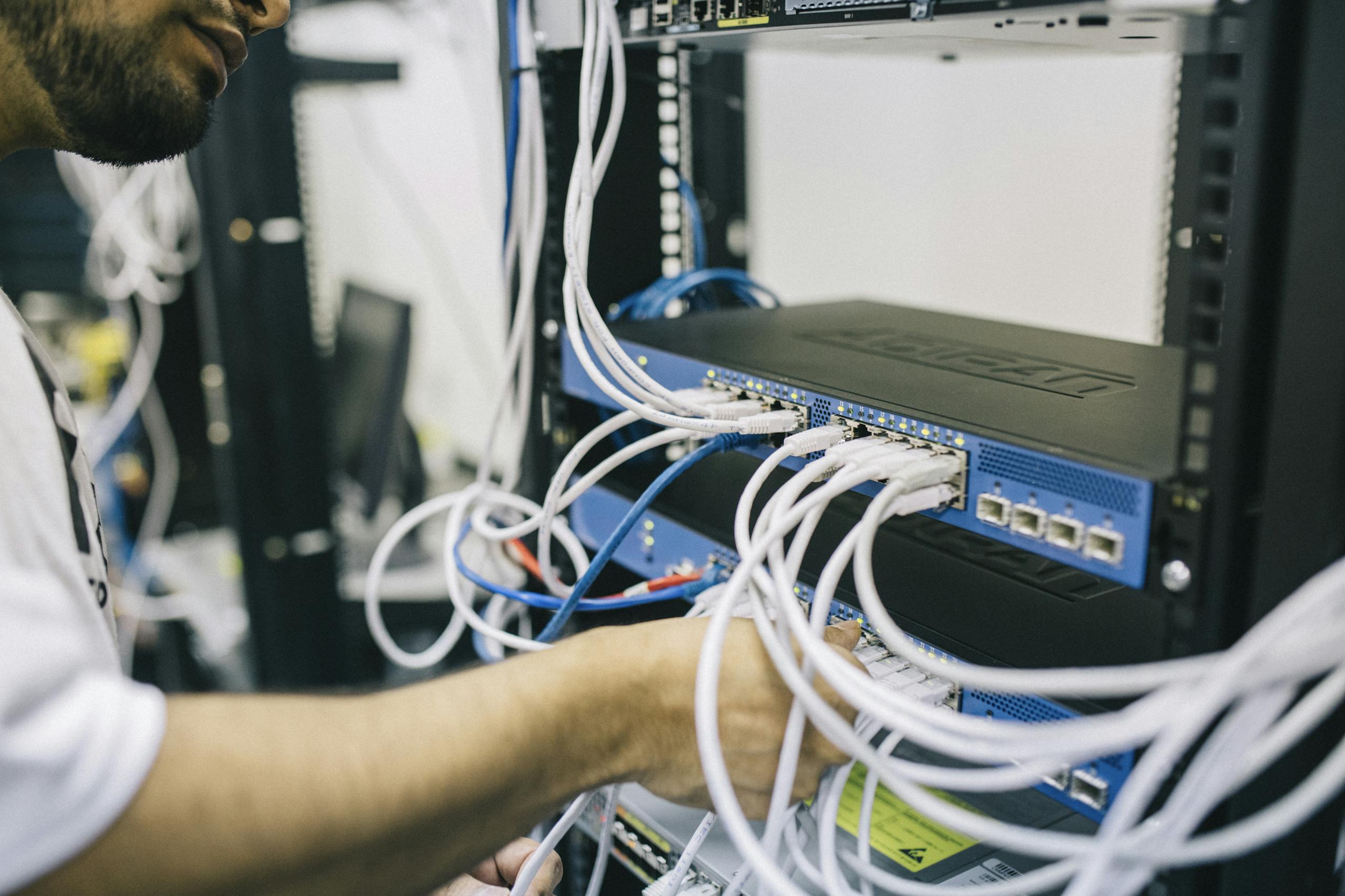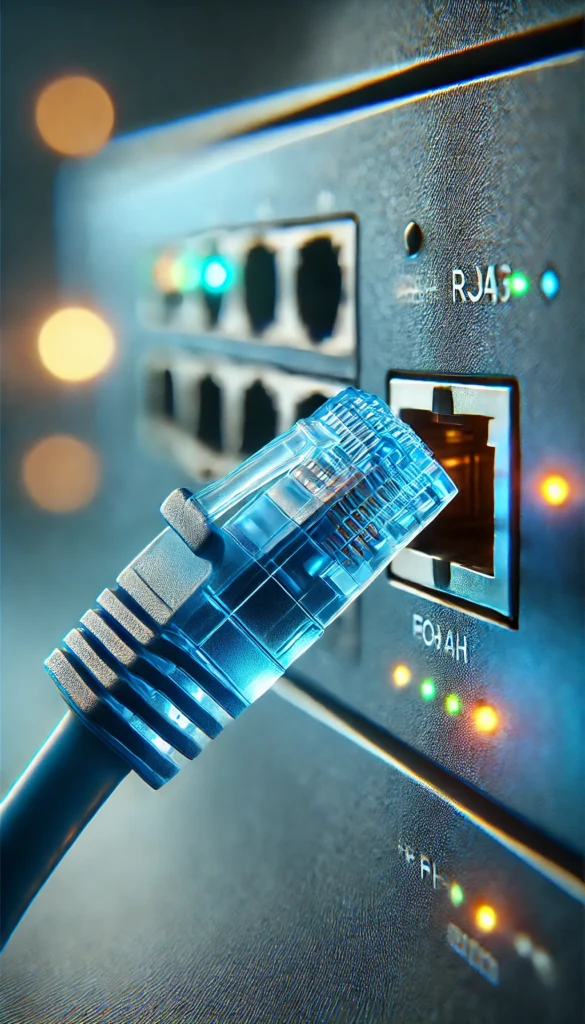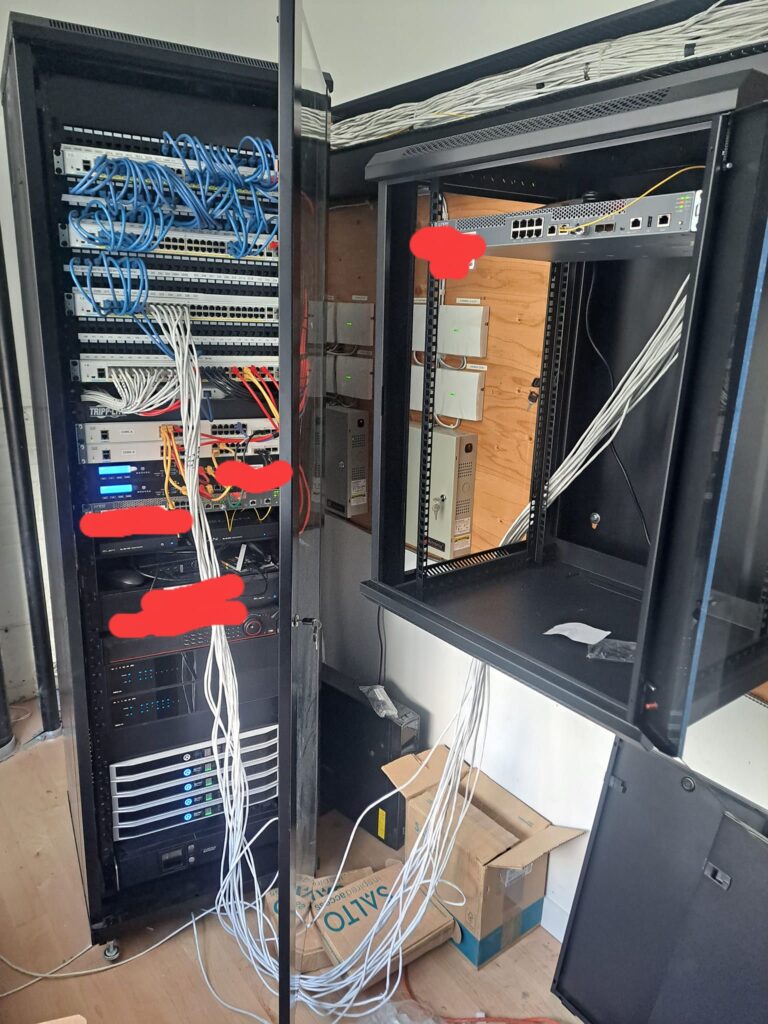What Is Ethernet Cabling & Why Is It Important?
Ethernet cabling is the backbone of wired internet connections in residential homes and businesses. By providing a fast, stable, and secure network connection for devices that require internet. Unlike Wi-Fi, Ethernet cables reduce interference and support higher speeds—making them ideal for households that rely on high-speed internet.
Common Uses for Ethernet Cabling in Homes
Homeowners commonly install Ethernet Cables for various applications, including:
Home Offices
Streaming & Gaming
Smart Home Devices
Home Networking
HDMI Baluns
POE Devices
Televisions
How Ethernet Cables Are Installed in Residential Homes
Installing Ethernet cables in a home ensures a fast, stable, and secure internet connection for streaming, gaming, and smart home devices. Whether you’re building a new house or upgrading your network, proper planning is essential. From choosing the right cable type to running wires through walls, attics, or crawl spaces, a well-installed Ethernet system can future-proof your home’s connectivity.
Understanding the Different Ethernet Cable Categories
Ethernet cables are categorized based on their speed, frequency, and shielding capabilities. The most common types for home networking include:

Planning Ethernet Cable Routes

Ethernet cables are usually run through walls, attics, or crawl spaces to keep them hidden and organized.
They connect to a central networking hub (router or switch) that distributes the internet signal.
Planning cable routes is a crucial step in ensuring efficient, organized, and safe electrical or network installations. Proper routing minimizes interference, reduces hazards, and ensures compliance with industry standards. Whether for residential, commercial, or industrial projects, careful planning can prevent costly mistakes and maintenance issues down the line.
While DIY solutions may seem tempting, consulting a professional is highly recommended to guarantee safety, efficiency, and adherence to regulations. A qualified expert can assess structural constraints, recommend the best materials, and ensure your cable installation meets both functional and legal requirements.
Installation Methods
In-wall Wiring: Uses Ethernet wall plates and keystone jacks for a clean look.
Surface-Mounted Wiring: Ideal for retrofitting, using cable raceways to conceal wires.
Attic or Basement Runs: Ethernet cables are pulled through
attics, basements, or crawl spaces to connect different rooms.
Final Step Connecting to a Network
Once installed, cables are plugged into network switches, routers, or directly into devices.
Homeowners may also use Power over Ethernet (PoE) for powering security cameras and access points without needing additional wiring.
Other Useful Links About Home Ethernet Setup
The Complete Guide to Home Ethernet Wiring”
lazyadmin.nl
“Ethernet Cables 101: The Basics of Network Cabling”
vcelink.com
“The Basics: Ethernet Cabling and How it Works”planetechusa.com
“Types of Ethernet Cable”
geeksforgeeks.org
“The Do’s & Don’ts of Installing Ethernet Cable Wiring” TPCWIRE.COM







